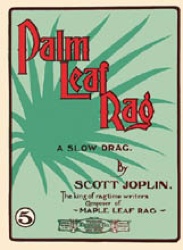Beetle-Inspired Switch Uses Water for Bonding
A new switch designed by Cornell University
engineers uses water droplets to create very strong adhesive bonds that can be
flicked on and off in an instant. The switch was inspired by a mechanism found
in palm beetles.

The new beetle-inspired switch, designed by Cornell University engineers, can work by itself on the scale of a micron - a millionth of a meter.
The switches can be combined in arrays for larger applications like powerful adhesive bonding. Like the transistor, whose varied uses became apparent only following its invention, the uses of the new switch are not yet understood. But the switch's simplicity, smallness and speed have enormous potential, according to the researchers.
---------------
Steen dreamed up the idea of the switch after listening to Cornell entomologist Tom Eisner lecture on palm beetles, which are native to the southeastern United States.
Like the beetle, which clings to a palm leaf at adhesive strengths equal to a hundred times its own body weight - the human equivalent of carrying seven cars - the switch in its most basic form uses surface tension created by water droplets in contact with a surface, in much the same way as two pieces of wet paper cling together.
When attacked, the palm beetle attaches itself to a leaf until the attacker leaves. It adheres with 120,000 droplets of secreted oil, each making a bridgelike contact between the beetle's feet and the leaf. Each droplet is just a few microns wide. Whereas the beetle controls the oil contacts mechanically, Steen's switch uses water and electricity.
I can see this paralleling devices utilizing magnetism -- but, on non-magnetic materials.
Posted: Tue - August 23, 2005 at 11:25 AM